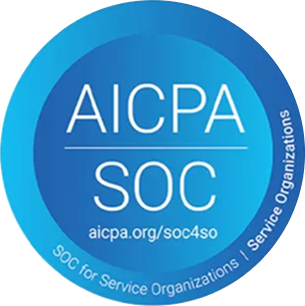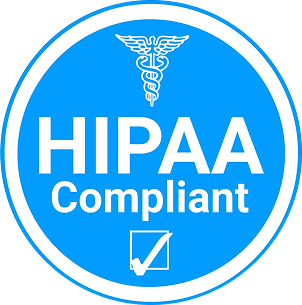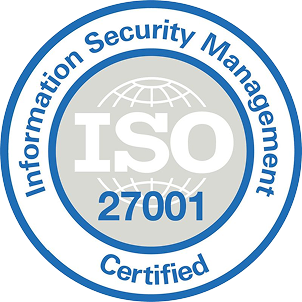The digital world is moving forward at a faster pace, leading to a rise in the demand for content across multiple touchpoints, especially mobile phones. Nowadays, about 92.3% of users prefer to consume content via mobile applications over any other touchpoint. This means consistent availability of updated content over mobile applications is necessary, which is possible with a streamlined mobile content management system.However, with a monolithic application architecture, content delivery and management can be complex. In this scenario, an approach to using headless CMS is a clear winner. This newer approach to the mobile content management system can help with seamless content creation, editing, and management from a single place with flexible delivery for not only mobile apps but also web applications.Let us have a detailed understanding of how Headless is set to be the future of the content management system for mobile.
What is a Mobile Content Management System?
A mobile content management system is a CMS designed to store and deliver content and services to mobile devices, such as mobile phones, smartphones, and personal digital assistants (PDAs). Mobile CMS systems can function as discrete systems or be utilized as an extended feature, module, or add-on to a larger CMS integrated to support multi-channel content delivery.Content management in mobile devices works differently, as content delivery in these devices has unique, specific constraints. These include widely variable device capacities, small screen size, limitations on wireless bandwidth, less storage capacity, and (for some devices) comparatively weak device processors.The content management system for mobile devices was initially implemented for the business-to-consumer space. Since mobile content management systems have also taken root in the business-to-business (B2B) and business-to-employee (B2E) spaces recently, they have allowed companies to provide more timely information to employees and business stakeholders.
An Overview of Headless CMS
The term headless CMS refers to decoupling the frontend presentation layer — which includes text colors and styles, images, graphs and tables, buttons, etc. — from the backend repository, which covers the admin panel, database, and integrated software.To understand how a headless CMS works, you first need to look at an app’s core components, all of which unite to power the app’s functionality and user experiences. An application’s backend handles the behind-the-scenes operations and workflow. The servers and attached databases utilize components to fetch data, which is then stored and utilized back and forth between them and end users.This data is displayed and arranged on the front end according to predesigned, coded layouts. This is called the interactive layer because it allows users to authenticate credentials, slide through content, and interact with the application. Lastly, the one element that connects the decoupled back and front ends is APIs. These APIs allow users to make calls, which are then sent to the backend via RESTful and GraphQL APIs, and a response is sent back to the front layer.Henceforth, the headless approach challenges the traditional content management approach and provides a modern strategy for creating content and delivering it across multiple touchpoints.Are you a business looking for a customized solution? Read the blog and understand why enterprise CMS is essential for upgrading your content operations.
Is your business facing challenges with content workflows?
Then download our headless CMS migration ebook to learn the benefits of migration and what opportunities it brings for your business.
Download Ebook
Advantages of Integrating a Headless CMS For Mobile Content Delivery and Management
- Omnichannel Content Delivery
The headless content management system for mobile devices provides omnichannel content delivery capabilities. It allows businesses to manage a central content repository while delivering content to mobile devices such as mobile phones, smartphones, tablets, and other devices. Content can be stored in a raw format (such as Microsoft Word, Excel, PowerPoint, PDF, Text, HTML, etc.) to which device-specific presentation styles can be applied. You can hire a professional headless CMS development company to build a customized mobile CMS solution for your business.
- Content Access Control
Access control includes authorization, authentication, and access approval required for each content. With a headless CMS, you get a built-in authentication and role-based access control mechanism to ensure end-to-end encryption and protective access to your sensitive content repository. Take Strapi as an example; it provides role-based access control (RBAC) and single sign-on (SSO) as a feature to help you determine roles and eliminate unauthorized access.
Want to build a CMS solution with Strapi? Connect with us to get an extensive consultation with our experts.Contact us
As an experienced Strapi development company and a certified Strapi Business Partner, we have the core expertise in building Strapi CMS solutions customized to unique business needs.
- Customization Flexibility
With a headless architecture, you get complete control over how content is presented on different mobile devices, allowing you to customize each aspect of your content workflow. Plus, the decoupled nature of this CMS is frontend framework agnostic, meaning the frontend development team can attach any preferred framework that best aligns with your requirements.
- Centralized Content Backend
One of the best advantages of a headless mobile content management system is that it allows you to create, edit, delete, and manage content in a centralized backend repository and deliver it across all applications simultaneously. This means you don’t have to manage multiple admin panels for every application, but instead, a single source of truth for seamless content management.
- Performance and Scalability
In the headless setting, content is delivered through APIs, which can be optimized for faster response times. The same applies to the headless mobile content management system. The API-driven content distribution reduces the time it takes for content to be displayed on mobile devices and allows for improved application performance. Additionally, scalability is a key advantage of headless CMS, especially for companies that face seasonal high-traffic scenarios. The decoupled architecture allows the backend and frontend to scale up and down independently, ensuring optimal performance during peak / non-peak hours.
- Location-based Content Delivery
The feature of the headless mobile content management system enables location-based content delivery and targeted content, such as information, advertisements, maps, directions, and news, to mobile devices based on the current physical location of the users. This also allows you to deliver content in location-specific language to create a more personalized experience for the users.
- Easier Integration
Headless CMS uses APIs for content delivery as well as integration. Hence, if a headless approach is used for mobile CMS, then it becomes easier to connect the applications with any set of third-party tools and software as required for smooth business functionality.
Is Headless the Future of Mobile CMS? A Final Word
With an increasing dominance of users choosing mobile applications over websites to consume content and conduct routine activities, it is clear that the mobile content management system is set to bring a change in the coming years.Apart from this, headless has become a popular trend not only in websites but also in mobile applications, and many businesses are investing in it to transform their content workflows and take full control. Hence, if you are a business that wishes to thrive in the digital age, then investing in mobile CMS can be beneficial for the present as well as the future of your organization. Connect with our CMS experts to get a comprehensive consultation and build a future-ready CMS solution for your applications.
.avif)





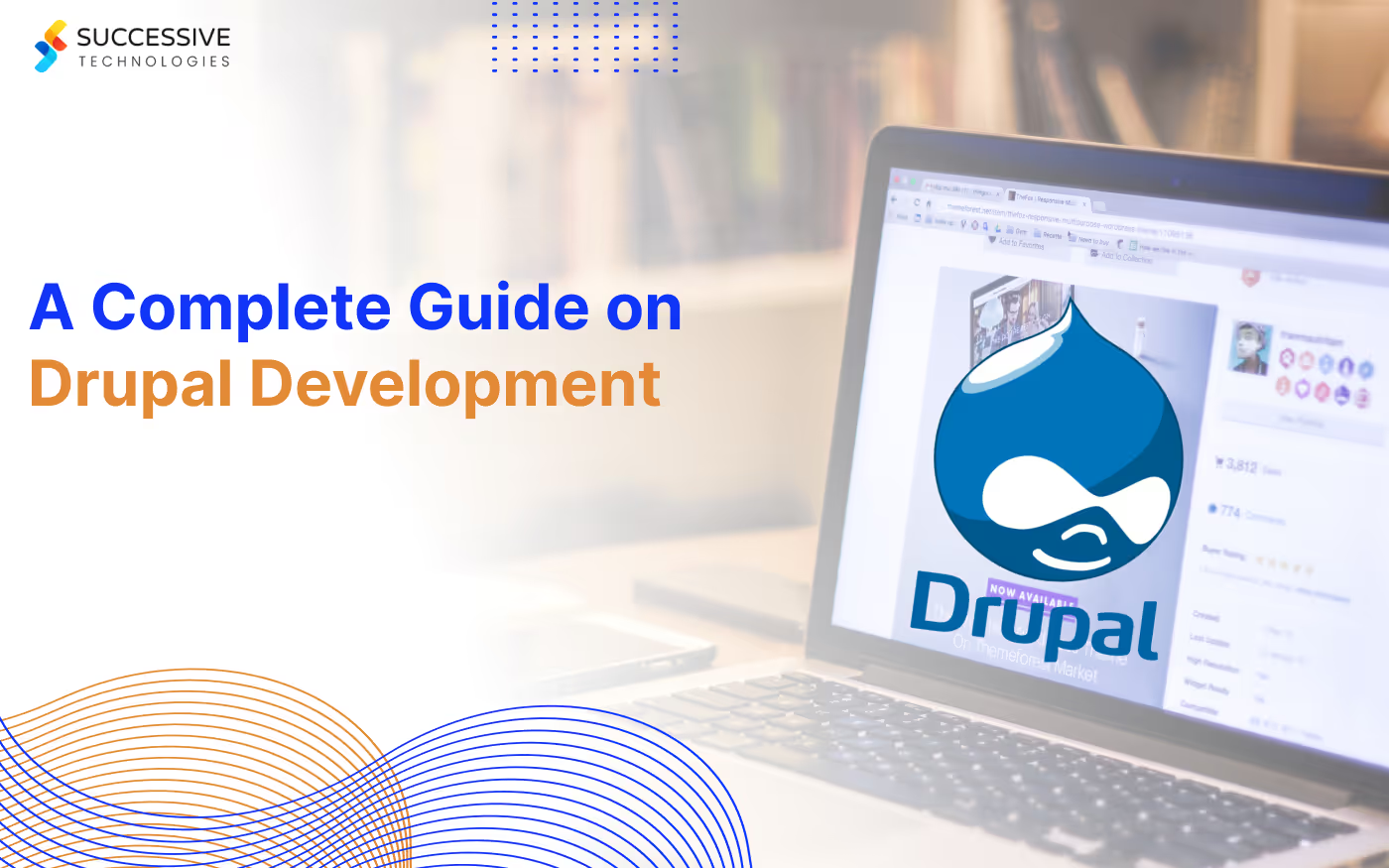
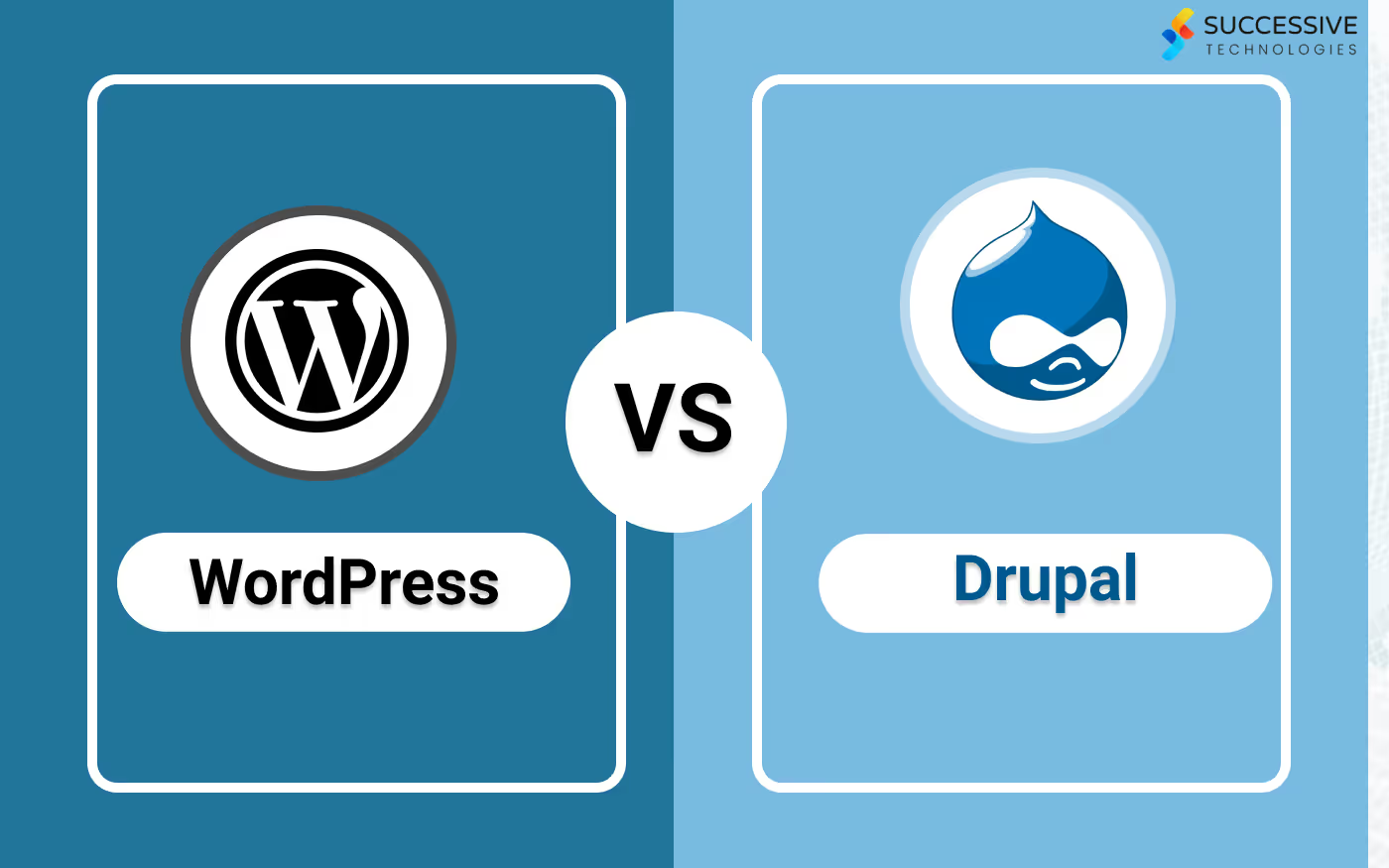



.jpg)





